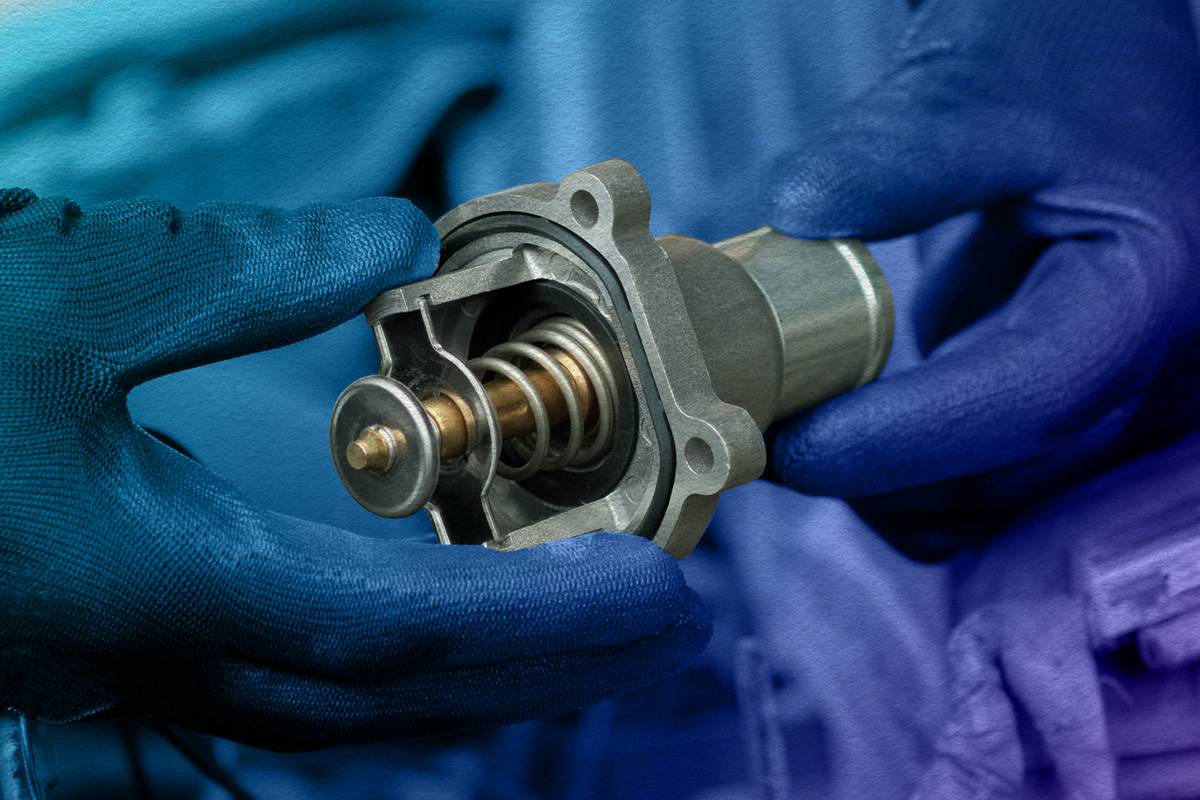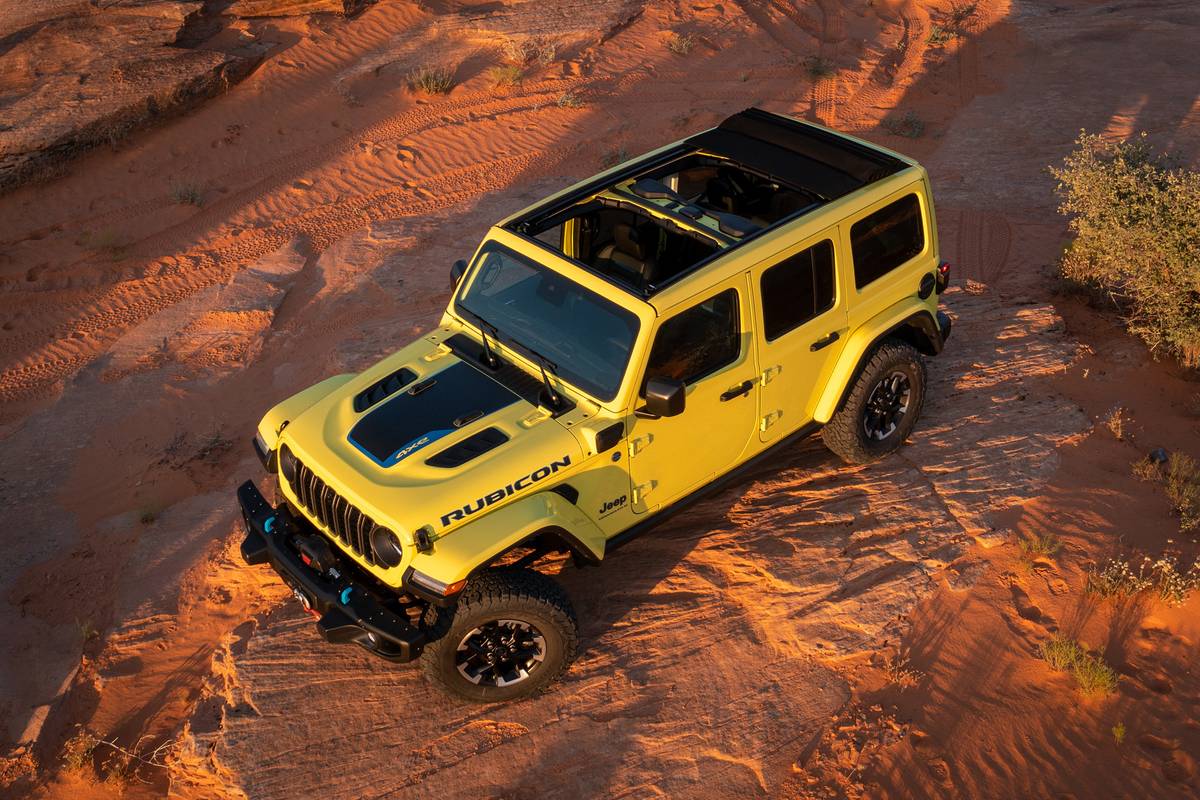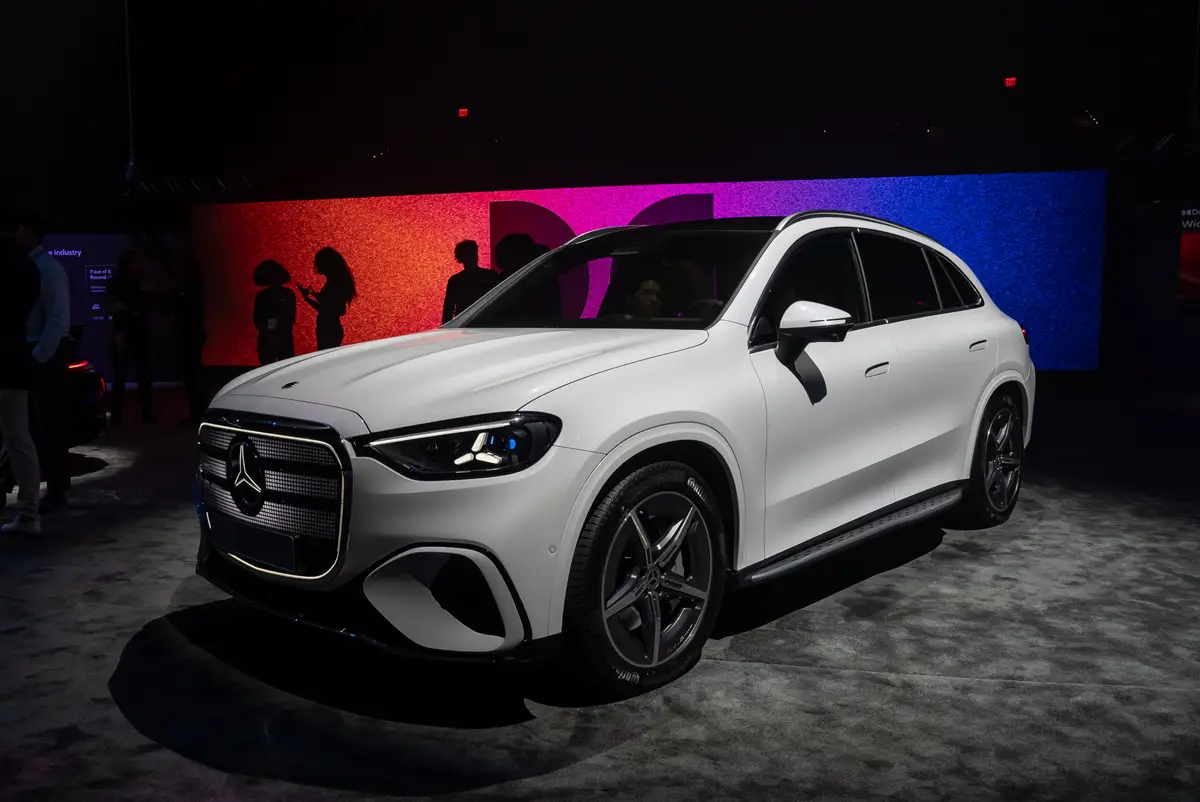washingtonpost.com's view
It was a night ride in the Season of Peace in a vehicle born of war. I considered the irony, and pondered redemption. Most things born of sin can be redeemed. But the vehicle I was driving didn’t qualify.
It was a hellion, the 2006 Jeep Grand Cherokee SRT8, the most powerful Jeep ever made, and one of the most powerful sport-utility models sold in America today.
It came with a standard 6.1-liter, 425-horsepower Hemi V-8 engine. It accelerated from zero to 60 miles per hour in 5.7 seconds in my hands. DaimlerChrysler engineers say the Grand Cherokee SRT8 can move much faster, from zero to 60 mph in five seconds flat. But they do their testing on a track. I drive on the highway, where there are certain impediments, such as other motorists and state troopers.
The virtuous among you might ask why a company would make a monster such as the Grand Cherokee SRT8. You might as well ask why countries engage in such global conflagrations as World War II, which gave birth to the Jeep’s predecessors, the 1941 Willys MB and Ford GPW.
It has something to do with competition. While the Germans, Japanese and Americans were busy battering one another, 135 U.S. companies were fighting for a federal contract to come up with a go-anywhere reconnaissance vehicle. Ford and Willys Overland were chosen to collaborate.
In a world of ever-changing enemies and constantly realigning alliances, what became the Jeep eventually passed from American Motors Corp. to Chrysler Corp. to German-controlled DaimlerChrysler AG. Thus, the vehicle that helped defeat the Germans in World War II is now made by the Germans. Talk about irony!
But we were talking about competition, which has a way of running amok. The Grand Cherokee SRT8 is a case in point. It exists only because two other German-developed sport-utility vehicles, the Porsche Cayenne and the BMW X-5, exist.
The Cayenne and X-5 are very fast, very powerful midsize sport-utility vehicles. They’re also very expensive. The V-8 Porsche Cayenne models are priced from $57,200 to $90,200, with the top model, the Cayenne Turbo, capable of developing 450 horsepower.
The V-8 BMW X-5 sport-utility vehicles are priced from $53,600 to $71,100, with the top model, the X-5 4.8is, capable of developing a maximum 355 hp.
Automotive engineers are competitive by nature. So are their bosses. The people at the Street and Racing Technology (SRT) division of DaimlerChrysler’s Chrysler Group figured they could match or beat the Porsche Cayenne and BMW X-5 in performance. They knew they could beat them in price. They went to DaimlerChrysler’s parts bins, selected and redesigned various components, such as the engine, transmission and suspension parts, and came out with a hell-raising, all-wheel-drive SUV that carries a base price of $39,300.
There is no redeeming value in any of this. Redemption is not and never was intended to be the aim of this exercise. The goal is to enhance corporate bragging rights.
With the Grand Cherokee SRT8, DaimlerChrysler will be able to do that. In a number of track tests, the Jeep model outran its competitors from Porsche and BMW. It also handled as well as its more costly rivals. That one-upmanship is bound to bring a response from Porsche and BMW. Competition is like that; and sometimes competition, like war, makes no sense.
But they both make money. And the likelihood is that the Grand Cherokee SRT8 will haul in the cash for DaimlerChrysler, even in an era of rising fuel prices and vocal opposition to all things SUV.
The people who will buy the Grand Cherokee SRT8 aren’t concerned about fuel economy any more than many invading armies are concerned about liberation. They are intoxicated by power, seduced by the possibility of getting more for less. It redeems nothing. But it sells well.
– – –
Nuts & Bolts
2006 Jeep Grand Cherokee SRT8
Downside: The Grand Cherokee SRT8 drinks fuel aplenty and makes no sense as a practical sport-utility vehicle. Also, the brakes on the test vehicle screeched and squealed incessantly.
Upside: It is a heck of a lot of fun to drive. If you want an SUV that runs like a race car, this is it.
Ride, acceleration and handling: Unbelievably fast for a midsize SUV. This one roars! It’s also remarkably agile in corners.
Head-turning quotient: The front end has been rounded and smoothed a bit to help reduce wind drag. Otherwise, it still looks like a Jeep.
Body style/layout: The Grand Cherokee SRT8 has a longitudinally mounted front engine. It’s all-wheel-drive with a rear-drive bias (about 94 percent of drive power going to rear wheels) under normal driving circumstances. As much power as is needed automatically is shifted to the front wheels on slippery surfaces. There are four side doors and a rear hatch.
Engine/transmission: The standard 6.1-liter SRT Hemi V-8 develops 425 horsepower at 6,000 revolutions per minute. Maximum torque, the twisting power exerted on drive wheels, is 420 foot-pounds at 4,800 rpm. The engine is linked to a five-speed automatic transmission that also can be shifted manually.
Cargo and fuel capacities: The Grand Cherokee SRT8 has seating for five people. It can be equipped to tow a trailer weighing 3,500 pounds. Maximum cargo capacity with rear seats folded is 67.4 cubic feet. The fuel tank holds 20.5 gallons of recommended premium unleaded gasoline.
Mileage: I averaged 15 miles per gallon, mostly in highway travel.
Safety: Four-wheel antilock disc brakes, dual-stage front air bags, outboard side bags for front and rear passengers, and traction and stability control.
Price: Base price is $39,300. Estimated dealer’s invoice price on base model is $36,222. Price as tested is $44,615, including $4,620 of options and a $695 destination charge. Estimated dealer’s price as tested is $41,237. Prices sourced from DaimlerChrysler and Edmunds.com.
Purse-strings note: Compare with Porsche Cayenne and BMW X-5 V-8 models.
Latest news



